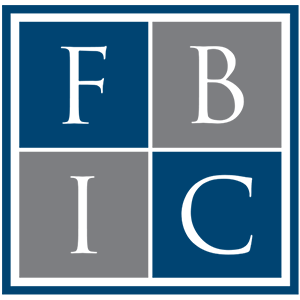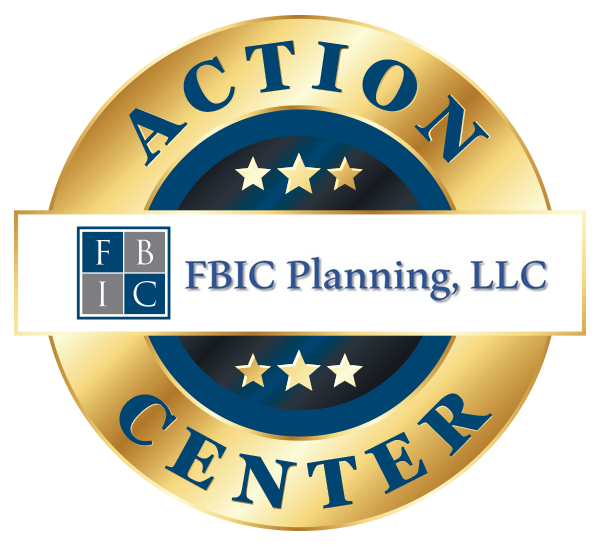Need Help with your Federal Benefits?
That’s what we do. For Federal and Postal Employees, understanding their benefits can be a considerable challenge. The results of their benefits play into other facets of their lives, including their Federal careers, their financial well-being, and even the well-being of their families. At Federal Benefits Information Center, our mission is to ensure you have a better understanding of your Federal Benefits – and by extension, to help you prosper in your Federal career.
Professional Federal Benefit Services
Federal Benefits Education
Federal Agency Retirement Workshops
Speaking Engagements
Federal Benefits Counseling
Federal Benefits Assistance
No matter if you are a new hire, a mid-career professional, a long-time public servant at an elevated GS/GM-level, or a retired Federal Employee, we will help guide you to the much-needed retirement and benefits answers you seek.
Federal Benefits are complicated.
They have many provisions, exceptions, and exclusions, surely making you uncertain about your own Federal retirement benefits and what they involve.
You will find the answers you seek at FBIC.
We offer resources and knowledgeable Educators to aid you in walking through the process of acquiring your Federal Benefits.
We provide benefits guidance and financial education to active and retired Federal Employees. These efforts are based on the Office of Personnel Management’s mission to promote financial literacy.
Retirement Benefits for Federal Employees
Here is an overview of different Federal Benefits you could be taking advantage of. If you would like guidance in navigating your benefits and making choices that will help you make the most of them, we can help you. Don’t delay, request your FREE CABS Report today.
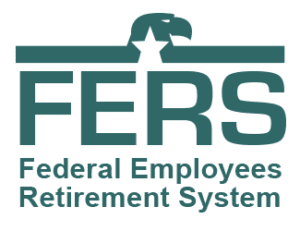 Federal Employees Retirement System (FERS)
Federal Employees Retirement System (FERS)
FERS is the dominant system today. It replaced CSRS on January 1, 1987. Today Federal Employees who came into service on or after January 1, 1984, are covered by this retirement system.
Under FERS, Federal Employees have benefits from three different sources:
- FERS basic annuity
- Social Security benefits
- Thrift Savings Plan
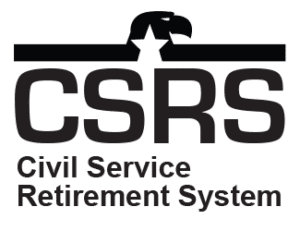 Civil Service Retirement System (CSRS)
Civil Service Retirement System (CSRS)
CSRS was started on August 1, 1920. Federal Employees who came into service before January 1, 1984 (and meet other conditions) are covered by this retirement system.
Under CSRS, Federal Employees will receive a basic annuity that is based on their years of service, age, when they retire, and other factors. They may contribute anywhere from 7%-8% of their base pay toward the CSRS system, with their employing agency giving a contribution match.
CSRS covered employees may also choose to increase retirement benefits through contributions of their pay to a voluntary contribution account and/or the TSP Voluntary Contribution Plan. Up to 10% of their base pay may be contributed in this way.
However, the government doesn’t match these contributions.
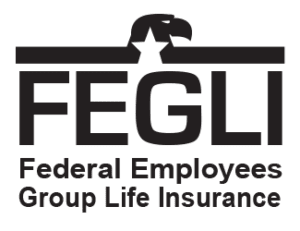 Federal Employees’ Group Life Insurance (FEGLI)
Federal Employees’ Group Life Insurance (FEGLI)
Established since August 29, 1954, the Federal Employees’ Group Life Insurance Program (FEGLI) has been around for a long time.
Most Federal Employees are eligible for FEGLI coverage. If they meet specific criteria, Federal retirees may continue life insurance coverage by FEGLI into their retirements. Family members may be covered as well.
Under FEGLI, you hold group term life insurance coverage. In other words, your life insurance policy doesn’t build cash value or paid-up value.
More on FEGLI Coverage Options
FEGLI coverage comes with Basic life insurance, with three forms of optional insurance that may be purchased. Basic insurance covers someone for their annual pay rate, rounded up to the nearest whole $1,000 plus $2,000. The three choices of optional insurance provide more life coverage depending on whole-number sums and multiples of your annual rate of pay, as well as on the person being covered. Federal Employees should be mindful of their choices for life coverage, especially as they prepare to retire. Social Security Benefits
Social Security Benefits
The retirement system suitable to cover you will play a big part in whether your benefits include Social Security.
FERS retired employees will receive Social Security benefits, though FERS retirees may also receive a supplemental benefit before they reach age 62, but only under certain circumstances.
CSRS retired employees may receive benefits if they worked for 40 quarters, with 10 years in the private sector. However, their benefits may be subject to the Windfall Elimination Provision (WEP).
If as a CSRS covered retiree you are subject to WEP, a modified formula will be used to calculate your earned Social Security benefits. However, this formula won’t be used to calculate survivor benefits upon death.
Retirees under CSRS with active military time and eligibility for Social Security benefits may have unique considerations. You will want to consider your options carefully, as the wrong decision could mean reductions in the CSRS annuity.
A knowledgeable Benefits Educator can help you determine how different situations might apply to your Social Security payments.
 The Thrift Savings Plan (TSP)
The Thrift Savings Plan (TSP)
A TSP is a defined-contribution plan for Federal civil service employees and retirees. Members of the uniformed services also participate in it. It was established by federal law in 1986.
Through the Thrift Savings Plan, you can put some of your pay toward retirement savings. Depending on which retirement system you belong to, you may have an agency match. The tax treatment of your contributions will also depend on the type of TSP account you have.
How much income you will get from your TSP account will depend largely on three things. That includes:
- How much you received in lifetime earnings as a Federal Employee,
- How much you put away in the account (and your agency, if you qualify) during your career,
- And how much your retirement savings in the account grew over time.
Federal Employees have so many benefit options.
Let’s choose the best... for you!
FBIC provides personal, trained and caring professionals who listen to your desires and formulate a plan of action. You will have a roadmap to your financial goals based on your age, agency, income and anticipated financial needs.

